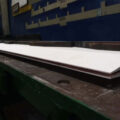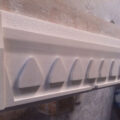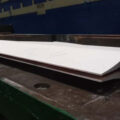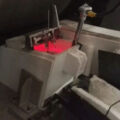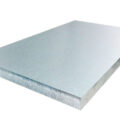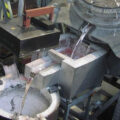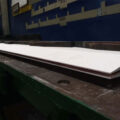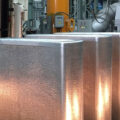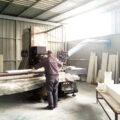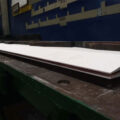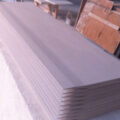The caster tip for continuous casting is generally made of a low-density ceramic material that can withstand the wear and thermal shock associated with liquid aluminum contact, such as a ceramic fiber board formed into the necessary shape. Because of the low density of these materials, they have a low thermal conductivity and can provide a certain degree of thermal insulation for the liquid aluminum in the tip of the caster. However, after a period of production, they may be subject to chemical attack and wear. This can lead to the formation of various impurities within the caster tip structure, and eventually lead to premature stop of the casting movement.

Ideally, the heat distribution of the liquid metal leaving the caster tip is as uniform as possible along the length of the caster tip. The width of caster tip and nozzle for continuous casting can be 0.3 m to 2.5 m. The liquid metal leaving the caster tip and nozzle is usually in the hottest state in the center area, and in adiabatic state at the two outer ends of the caster tip. The cooler areas are usually located to the left and right of the center area, between the center area and the end area of the caster tip. These temperature differences will affect the uniformity of the casting process and the quality of the cast metal strip.
In a typical twin-roll continuous casting machine, liquid aluminum is fed from a slender caster tip into the nip between two counter-rotating water-cooled rolls. The liquid aluminum is cooled when it comes into contact with the rolls and solidifies as it passes between the rolls to form a wide cast metal strip of uniform thickness. As long as the liquid metal is supplied to the casting machine, the casting process can proceed continuously.

